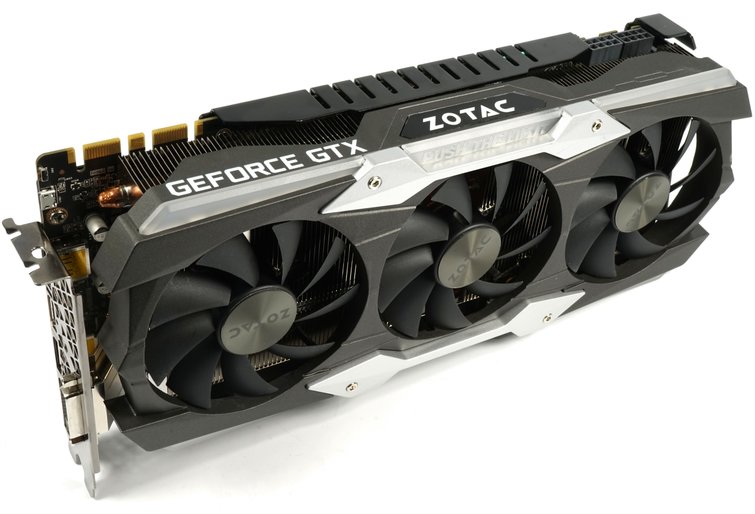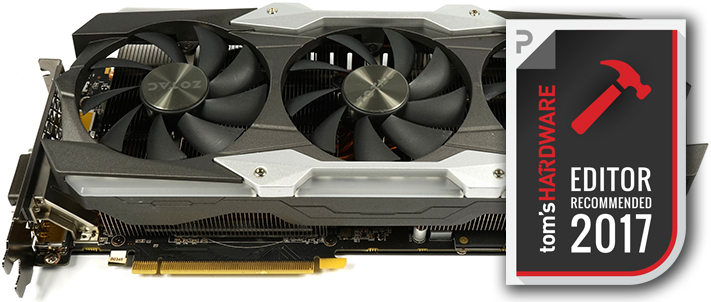Summary
Whether it is finally enough for the world super-heavyweight belt, we cannot yet make a final assessment of that, because we have to test a lot more cards for that. However, Zotac is looking for a completely different approach than MSI or Aorus (gigabytes), because one wants to present with brachial power in cooling. In some respects, this works quite well with the boost clock, but fails at the ears, because due to poor cooling of voltage converters & Co, the board is warmed up to the GPU socket. Then, however, the fans have to run up to the top form in order to reach the target values of less than 70°C.

The card has a good overclocking potential, the result of which of course also depends on the special draw in the GPU lottery. So far, so fast. But what is a little bit of a concern is the optional, full use of the power target, because then you also have to manually drive the fans a bit, because otherwise the board mutates to the Sahara, where it seems to be just 12 o'clock at noon. In the closed housing, mind you, because the open construction is only for PR events.
We find the special solution with the fans simply smart with regard to the utilization of existing resources, even if we scratch our heads a little questioningly when it comes to actual implementation. After all, what can be measured externally with the laser on the fan is not exactly what appears to be stored in the firmware as a fan curve and can also be read out with the appropriate monitoring software. This also includes the fact that as a customer I want to create my own fan curve for overclocking, which also requires 100% speeds. This in turn is only above 50°C.

Conclusion
We give a purchase tip for good GPU cooling, OC potential, factory-metered memory and clean workmanship, but also point out the minor flaws (VRM cooling, some what's loud and buzzy fans, voltage converter noises). So everyone will have to weigh up their preferences and consider which of the many offers they will actually choose for themselves in the end. If he wants to spend so much money and it has to be a GeForce GTX 1080 Ti. But that is up to everyone.
































Kommentieren